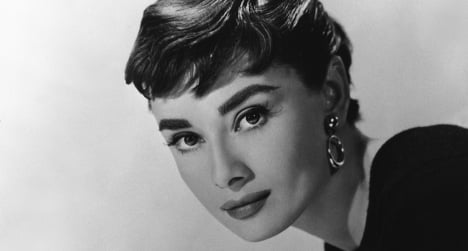The exhibition, curated by the 87-year-old designer himself, features about 100 of his finest pieces selected from museums and private collections around the world from a career spanning nearly five decades.
"Given my age, I hesitated. But I have great affection for Spain. I did not have the right to turn down such an extraordinary offer," he told journalists at the presentation of the retrospective.
The exhibition focuses on creations made for his main clients and they are shown alongside art works from different periods and styles from the museum's collection to highlight the links between fashion and art.
"He is one of the last great masters of haute couture," the museum's artistic director, Guillermo Solano, said.
Among the designs on display is a black satin sheath evening dress designed by Givenchy in 1961 for Hepburn in the film "Breakfast at Tiffany's" and a black lace cocktail dress and jacket used by the actress in the film "How to Steal a Million" five years later.
Givenchy, who retired in 1995, was behind many of the designs worn by Hepburn in her best known films and was a lifelong friend.
"Audrey was an exceptional being. She was really the person who was closest to me," he said before praising the late British actress's "elegance, generosity, beauty and immense talent".
"For me this trade was continual bliss. It was magic," he added. "I think haute couture has arrived at the end. The last great designer who did wonders, Yves Saint-Laurent, ended the era."
Saint-Laurent, a French fashion designer regarded as one of the greatest names in fashion history, died in 2008.
The retrospective runs until January 18, 2015.




 Please whitelist us to continue reading.
Please whitelist us to continue reading.
Member comments